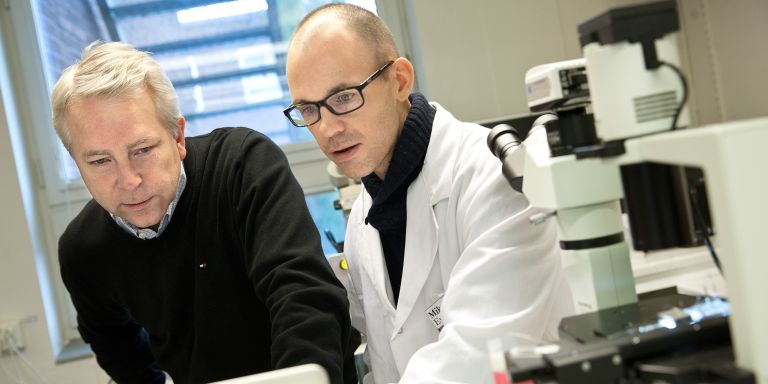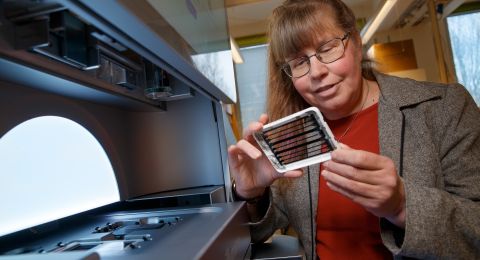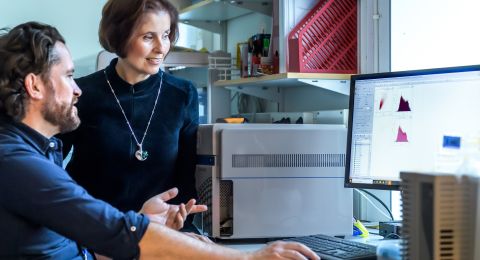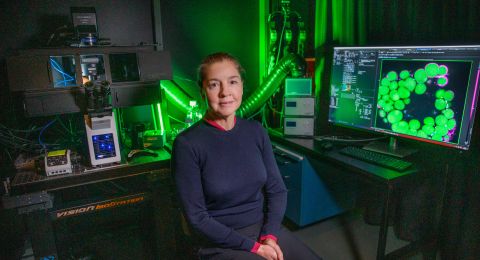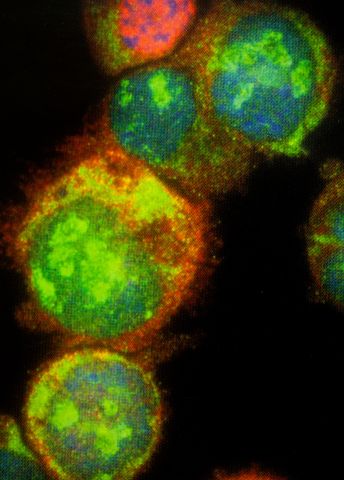
Project Grant 2012
The next generation cell handling in medical diagnostics
Main applicant:
Thomas Laurell, Professor of Medical and Chemical Microsensors
Co-applicants:
Lund University
David Erlinge
David Ulmert
Hans Lilja
Technical University of Denmark
Henrik Bruus
University:
Lund University
Grant in SEK:
SEK 33.5 million over five years
“Basically, this research is based on our results within the CellCARE project under Vinnova’s program “Innovation for future health”. There the focus was to sort out stem cells and circulating tumor cells. In this project, we want to develop new methods for diagnostics and follow-up of metastasized prostate cancer. We simply want to improve the chances of discovering the spread of cancer at an early stage,” explains Thomas Laurell, Professor of Medical and Chemical Microsensors at Lund University.
Together with three colleagues at Lund University and Henrik Bruus, Professor of Physics at the Technical University of Denmark, he has been awarded a grant by the Knut and Alice Wallenberg Foundation for taking the research further so that it can be used in healthcare.
“The timing was fantastic since we are in a position where we will soon be ready to test the technique with patient samples. This means that we might be able to begin clinical trials within a foreseeable future,” says Thomas Laurell.
The method is expected to become useful in the diagnosis of several different types of cancer, but also to be of use in research on cardiovascular diseases.
Dr. David Ulmert and professors of medicine David Erlinge and Hans Lilja at Lund University are also participating in the project.
Using molecular modeling, various microchip technologies and in-depth studies of mechanisms that regulate cardiovascular disease, they will improve the possibilities of revealing cancer cells at an early stage.
Failed experiment opened new avenues
The research team is using a new, ultrasound-based microchip technology - acoustophoresis - which basically means that the movement of cells can be controlled using sound.
“We tried to mix fluids using ultrasound and microparticles in microchannels on a chip 12 years ago. But instead of being mixed, the particles lined up in a row and the project was considered a failure and temporarily set aside.”
But a year later when Thomas Laurell was asked if he could develop a method to separate blood, he recalled the failed experiment.
He proposed that Andreas Lenshof, who was doing his Master’s thesis work in Laurell’s team, test the possibility of lining up blood cells using ultrasound in a microchannel.
“That laid the foundation for the microchipbased, acoustophoresis method which we are now further developing to separate circulating tumor cells from blood. A similar microchip configuration is now also used to study the cardiovascular regulation mechanisms of red blood cells.”
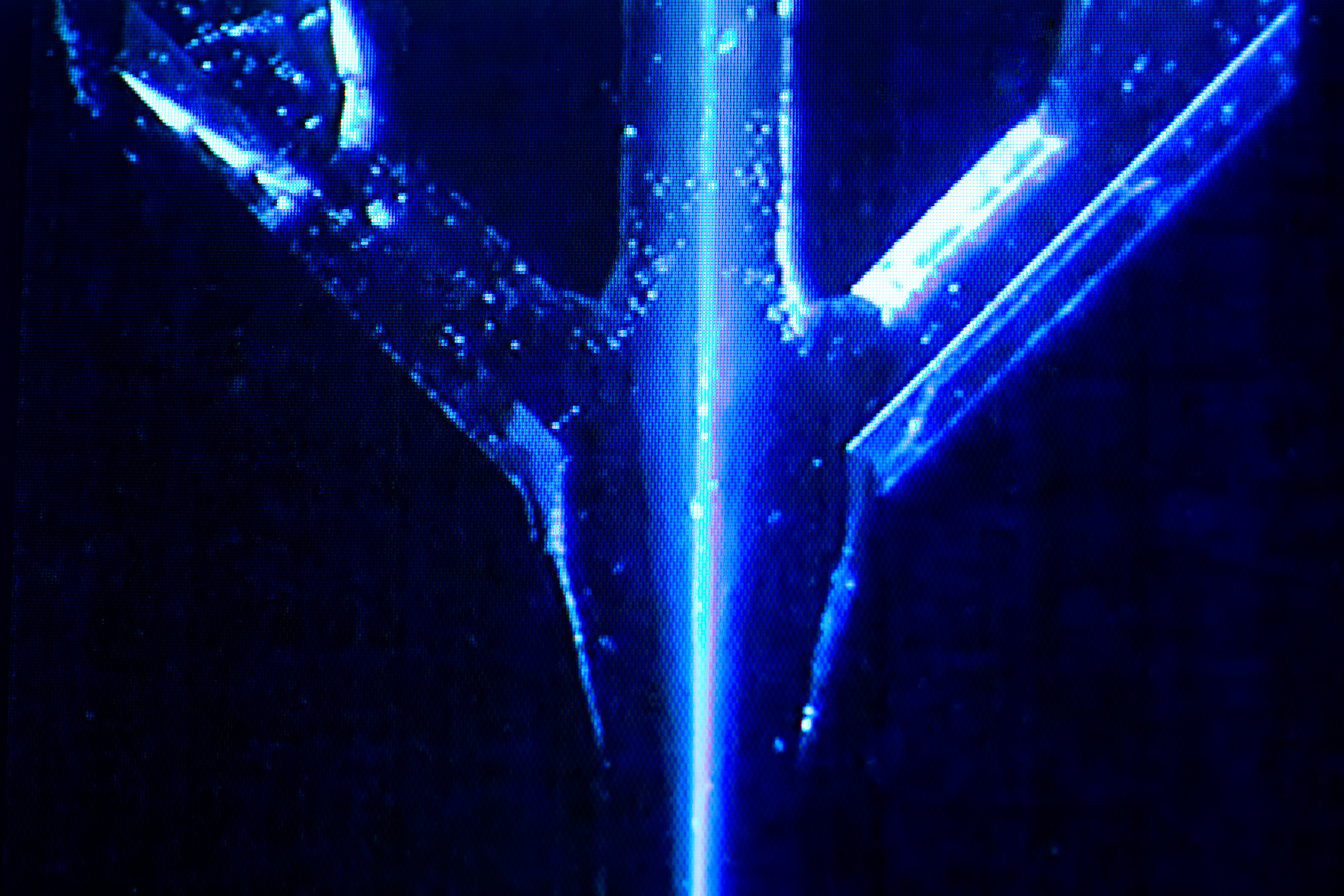
Ultrasound sorts cells
The researchers have since developed a microchip that uses ultrasound to separate out different cell types from each other, based on the cellular size, density and rigidity.
“The larger cells, which are most often cancer cells, are affected by the ultrasound so that they make their way to the middle of the channel in the chip faster, while smaller cells move slower. In experiments, we have already successfully sorted out more than 90 percent of the tumor cells while less than 1 percent of the other cells have followed.”
Just succeeding with this is major progress since it is very difficult to find circulating tumor cells in the blood.
“One milliliter of blood contains one billion blood cells where a few tumor cells can hide,” says Thomas Laurell.
The objective is now to further refine the purification of circulating tumor cells. It is hoped that one blood sample will be enough to establish if there are circulating tumor cells or not.
Can be used for several kinds of cancer
The project also includes a dose of advanced theoretical calculations and some engineering.
“We are skilled at experimentation and developing acoustophoresis-based medical applications while Henrik Bruus and his colleagues in Denmark have excellence in basic physics and theory formation. It has taken a long time to develop the technology, but we now believe that the technical platform is beginning to reach maturity. One sign of this is that industry is beginning to contact us.”
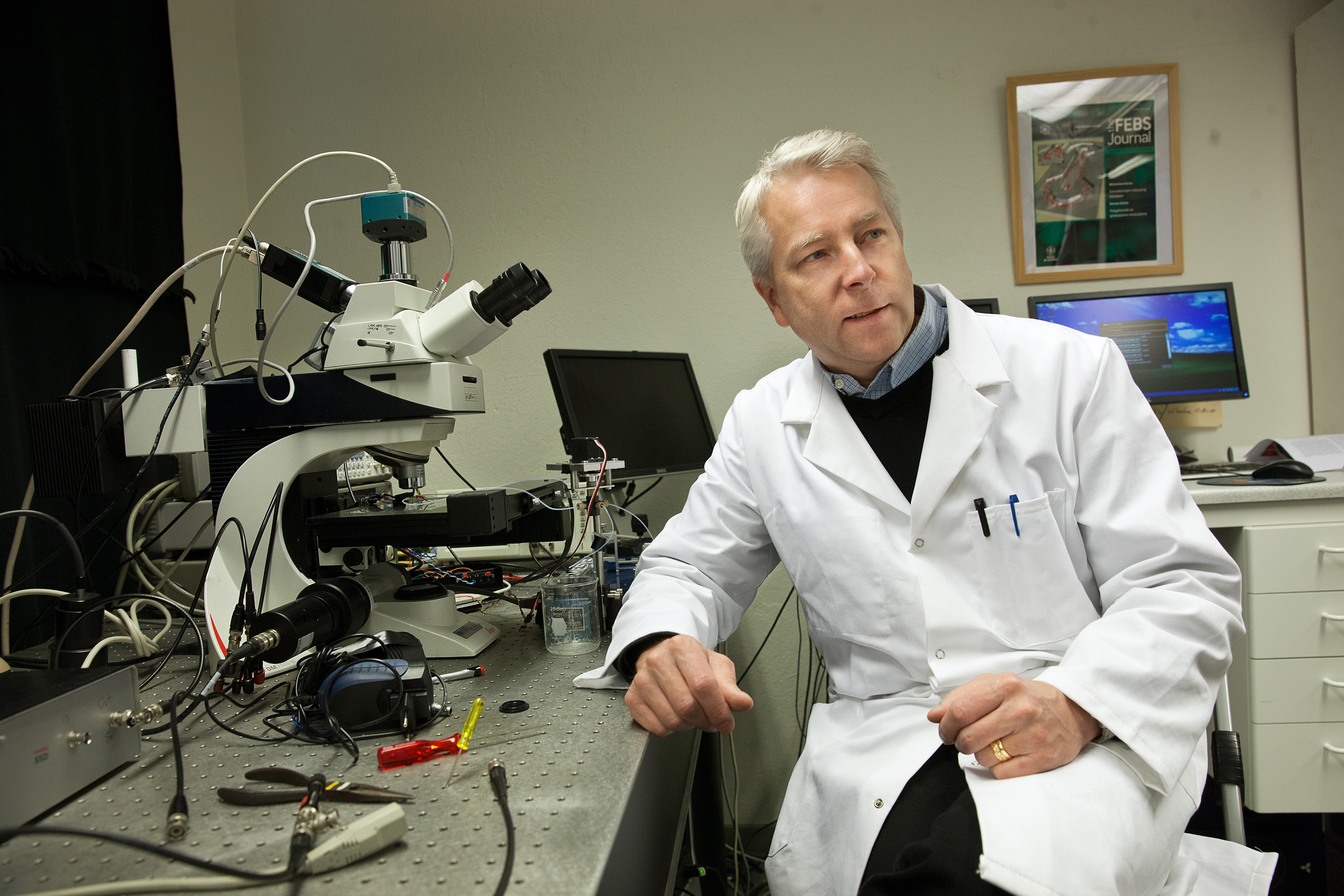
The research team is on the starting blocks to begin testing their chips on human blood. Yet to be decided is which analysis methods should be used once the tumor cells have been separated.
In parallel with the hunt for circulating tumor cells, David Ulmert is developing an imaging PET technique based on radioactive antibodies that seek out metastasized tissue. This is a technique that also will enable improved discovery of the spread of cancer at an early stage.
The cancer part of the project is first focusing on prostate cancer.
“This is simply because we have world-class expertise in the group through Hans Lilja. But we are open to working with every form of circulating tumor cells. On the long term, the method can also be applied to breast cancer, intestinal cancer and malignant melanoma.”
Acoustic trap
Laurell’s team has also developed what’s called an acoustic trap. Using the ultrasound-based microchip technology, they can trap freely floating cells in a non-contacting mode in the microchannel.
“In cooperation with David Erlinge, we are now developing the technique to better understand the mechanisms that control the development of cardiovascular disease and the molecular signaling between blood cells and vascular walls,” explains Thomas Laurell.
If the researchers succeed in solving the mystery of how blood cells signal to the vascular wall and control its tension, it will also be possible to develop better medicines in the treatment of heart attack patients, for instance.
Text Carina Dahlberg
Translation Semantix
Photo Magnus Bergström
Circulating tumor cells
Cancer spreads in the body by forming metastases. Around 90 percent of the cancer-related deaths are due to metastases that are probably caused by circulating tumor cells in the blood stream.
